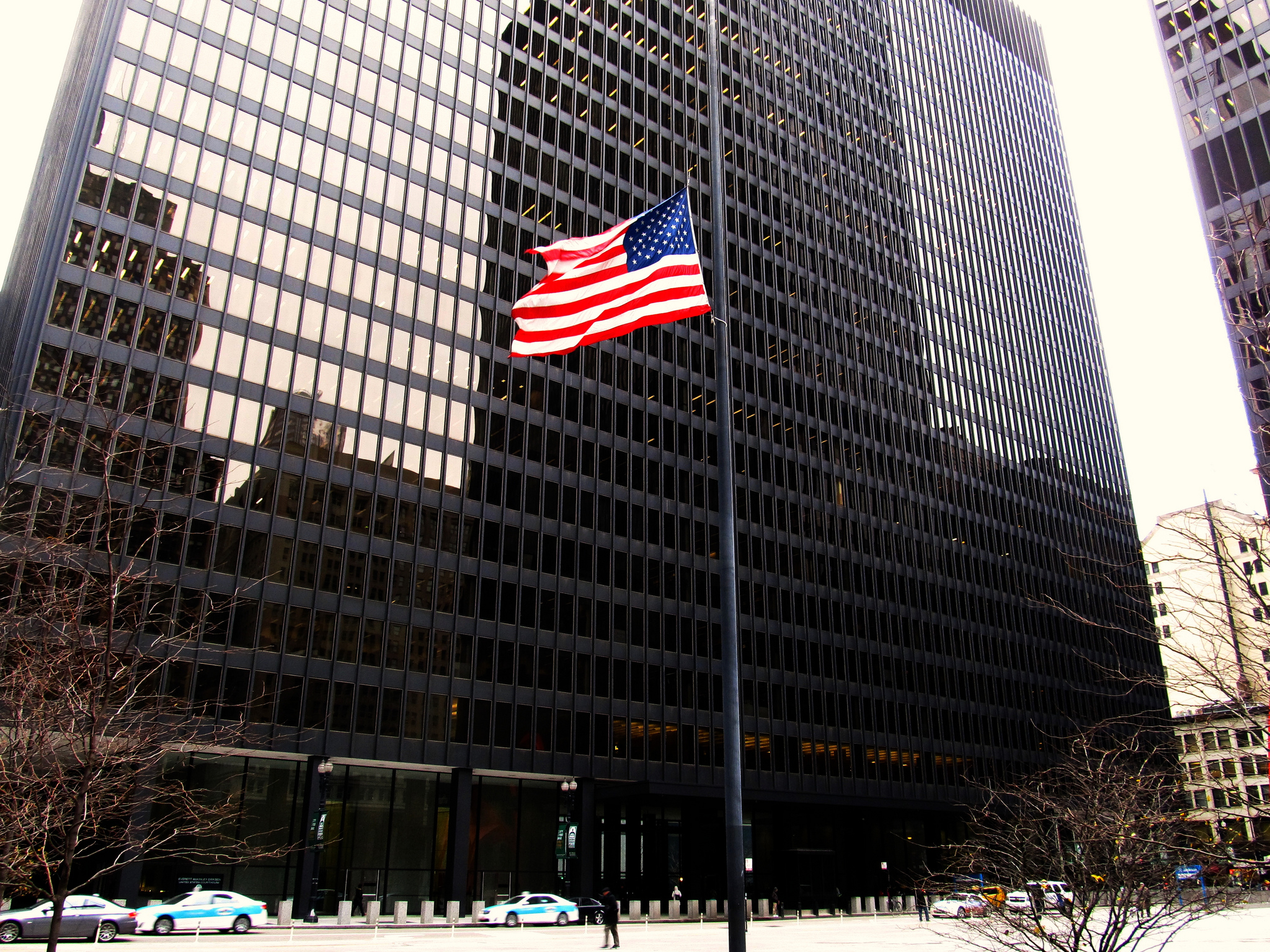 By Sungjoon Cho [originally posted on the International Economic Law and Policy Blog on June 18, 2020]
By Sungjoon Cho [originally posted on the International Economic Law and Policy Blog on June 18, 2020]
This is what Alan Beattie seems to argue (“WTO Still Has Ability to Affect Rulings and Regulation Elsewhere”). He stated that:
“WTO laws and rulings are regularly cited in investment tribunals, bilateral trade disputes and even the European Court of Justice. Despite its reservations about WTO dispute settlement, for example, the US referred to WTO rulings in its groundbreaking action against Guatemala for labour rights violations under the Central America Free Trade Agreement.”
True, the WTO case law may not be “binding” to parties other than immediate disputants in a given case. However, such legal technicality does not exhaust the description of the normative gravitational force field from the WTO law. For another example, in formulating a recent AD/CVD measure against China over certain fibre glass fabrics from a “Chinese subsidiary located in Egypt,” the European Commission relied heavily on the WTO trade remedy law. This incorporation, by reference, of the WTO norms into the domestic law seems to have settled in a pattern beyond a mere dimension of isolated anecdotes. In this regard, Joost was nicely quoted in Beattie’s article. (“If WTO dispute settlement becomes more difficult to use, you could see more of what the EU is doing at the moment against what it perceives as Chinese subsidies in Egypt — using WTO subsidies rules in EU anti-subsidy investigations, leading to EU tariffs, rather than filing a WTO complaint.”)
Finally, who could have ever imagined that a senior U.S. politician would praise the WTO law? In a recent Bloomberg op-ed, Senator Chuck Glassley stated that “the WTO’s expansion of global trade has actually enabled the U.S. to respond to the pandemic” as “global value chains, facilitated by WTO rules” empowered the U.S. automakers to globally source components necessary to manufacture ventilators.
After all, the WTO law may be “stickier” than many would believe.



Leave a Reply